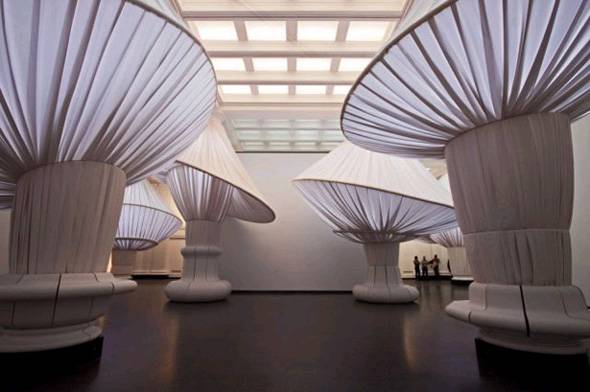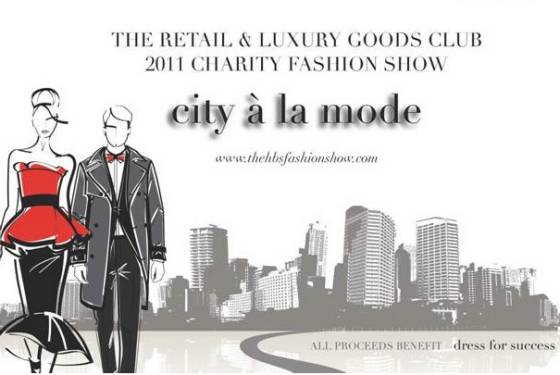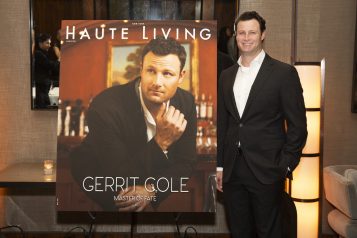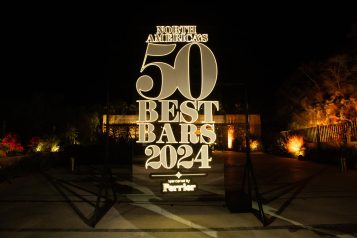Russia! Magazine (an independent English-language glossy published by Press Release Group) has published the rating of the biggest scandals on the Russian art market at the beginning of 21st century.
The scandals include fraud and theft, the ownership of wartime spoils, conflicts between the church and society, battles among oligarchs and multi-million dollar corruption.
According to experts, the biggest scandal to date is the “Rubens affair,” when a Rubens painting stolen during the war, “Tarquin and Lucretia,” was obtained by a little-known businessman, Vladimir Logivenko. A criminal case was brought against Logivenko in Germany, and the return of the masterpiece became the subject of political negotiations. Logivenko later cooked up a complicated financial scheme, apparently in a bid to sell the painting for 60 million euros, and convinced a key Russian businessman to transfer money to a special fund. The money mysteriously vanished. The case against Logivenko is currently being heard in court, while the Rubens painting is displayed at the Hermitage, where it is immensely popular thanks to the scandal that engulfed it.
Second place goes to an imbroglio involving billionaire Viktor Vekselberg, a key Russian collector, and the Christie’s auction house. Vekselberg’s foundation bought a work by the famous Russian painter Boris Kustodiev for $2.9 million, but it turned out to be a fake. The court case is ongoing.
Other scandals include the organization of the disreputable exhibition “Forbidden Art – 2006” and Mikhail Prokhorov refusal to sponsor an exhibition by Ilya and Emilia Kabakov.
According to the magazine, the market for Russian art has grown by a factor of 30 over the decade and now accounts for $400 million in sales a year.
Source: www.readrussia.com
Like Haute Living Moscow? Join our Facebook page or follow us on Twitter @HauteLivingRU. Want Haute Living Moscow delivered to your inbox once a week? Sign up for our newsletter.





















